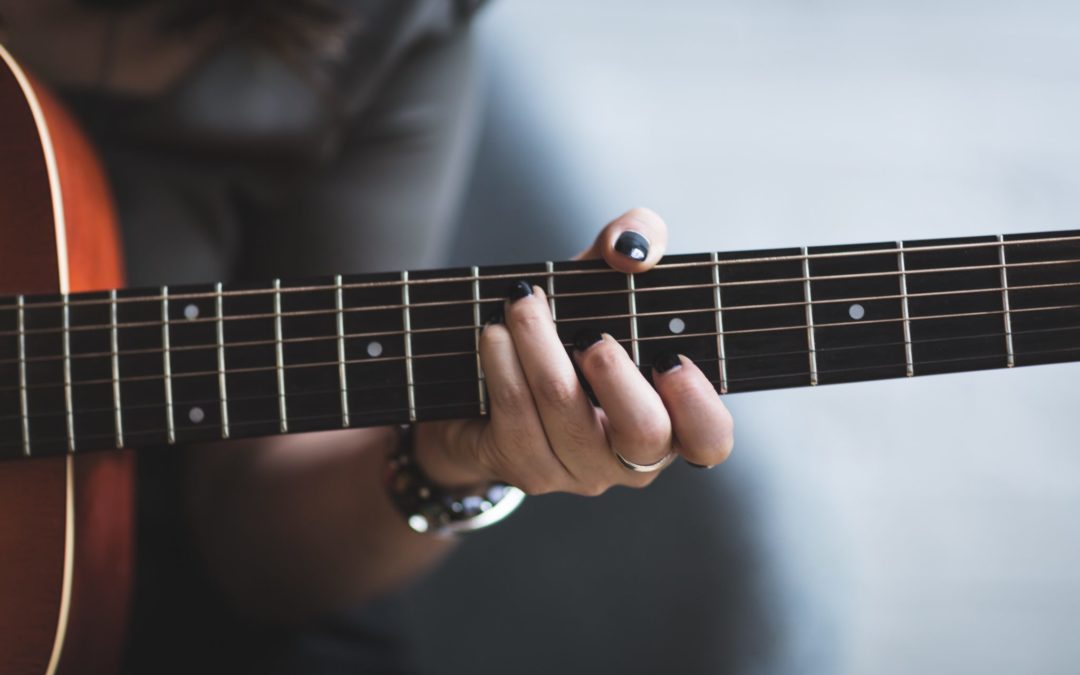Well it has been a while since the last post but we have a few great guest posts coming up and lots happening over here at TMTG. Thank you also to the new subscribers, great to have you on board!
Today we are really going to focus on improving chord changes. This is something that is beneficial for all levels but mostly aimed at beginner to intermediate levels. As a teacher, this is one of the key elements I will spend a lot of time on with students, so below are 4 steps that I've seen help people significantly with their chord changes:
1. Analyse the change
Each chord change is going to be different in some way, for example, C - D feels very different to C - G. So there is not going to be a consistent rule with how each finger is going to need to move. So When there is a change you are struggling with, closely look at what exactly your fingers need to do. For example, in the change of Am - C, our 1st and 2nd fingers will stay on the same frets, so keeping them planted there is going to be the most efficient for that change. In some cases it may even be worth changing fingers that you would use for a particular chord if it makes it easier for you.
Also analyse the hand shape for each chord and look at how you can get your hand into shape quickly between chords.
2. Slow chord changes
This is really about building strength and independence in fingers. When doing this your aim is to move each finger as little as possible and to have each finger moving and landing at the same time.
So when doing this, just strum the first chord once, move slowly to the next chord, ensuring minimal, yet simultaneous movement and strum that also just once.
If you need to break it down more, work at just moving 2 fingers together, then 3, then 4 (if applicable).
3. 4 slow strums
This is where you're putting it into practice as a working change. This exercise is simple - do 4 slow strums on each chord before changing. This gives you 4 beats to be thinking and focusing on the next chord and the change itself, and a full beat to actually make the change. Don't rush, but be sure to apply the technique from the 2nd step.
4. Changing over last strums
So now you're trying to change over some natural strumming patterns. This last one isn't really an exercise but just something that many people going through the learning process aren't aware of - you don't need to hold the chord right up until the last strum. It's near impossible to make a change in zero time and it doesn't sound natural. So make the change over the last strum or two and either hit some open strings or mute the strings with your left hand as you change, whichever sounds better. Listen carefully to recordings of famous songs (particularly with acoustic guitar), when you listen closely, you hear this a lot.
5. Repeat
Flog it to death. You'll never be too good at chord changes, and it's probably what you'll spend most of your time doing in some form. So don't just practice a few times, do these over and over again.
Thanks for reading! We really the support, don't forget to like, comment, subscribe and get in touch for any enquiries or post suggestions.
Paul
TMTG
